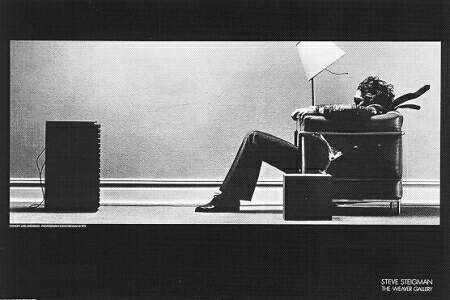As I noted in a recent paper with my PFF colleague Barbara Esbin (“An Offer They Can’t Refuse: Spectrum Reallocation That Can Benefit Consumers, Broadcasters & the Mobile Broadband Sector“) an official at the Federal Communications Commission (Blair Levin) recently suggested that it might be possible to craft a grand bargain whereby television broadcasters get cash for some (or all) of their current spectrum if they return it to the FCC for reallocation and auction. Such a deal could, eventually, open up significant amounts of prime spectrum for next-generation mobile broadband and data services.
Is such a deal feasible and in the best interests of broadcasters? Is the arrangement necessary to encourage growth in broadband penetration consistent with the goals of the Recovery Act? Will Congress go along with the deal, or would it be blocked as contrary to “the public interest?” Alternatively, would lawmakers back the deal but seek a significant cut of the auction proceeds, leaving less available for broadcasters? These and other policy issues will be discussed at “Let’s Make a Deal: Broadcasters, Mobile Broadband, and a Market in Spectrum,” a congressional seminar hosted by The Progress & Freedom Foundation. The event will be held Tuesday, December 1st from 9:00am to 11:00am in the Holeman Lounge, 13th Floor, at the National Press Club, 529 14th Street, NW in Washington, DC.
Panelists confirmed so far for the event include:
- Blair Levin, Executive Director, Omnibus Broadband Initiative, Federal Communications Commission
- Coleman Bazelon, Principal, The Brattle Group
- David Donovan, President, Association for Maximum Service Television
- Kostas Liopiros, Principal, The Sun Fire Group
- John K. Hane, Counsel, Pillsbury Winthrop Shaw Pittman LLP
- and 1 or 2 more to come!
I will be moderating the event. Those interested in attending can register here. Should be a spirited debate.


 This week Google unveiled
This week Google unveiled  The Technology Liberation Front is the tech policy blog dedicated to keeping politicians' hands off the 'net and everything else related to technology.
The Technology Liberation Front is the tech policy blog dedicated to keeping politicians' hands off the 'net and everything else related to technology.